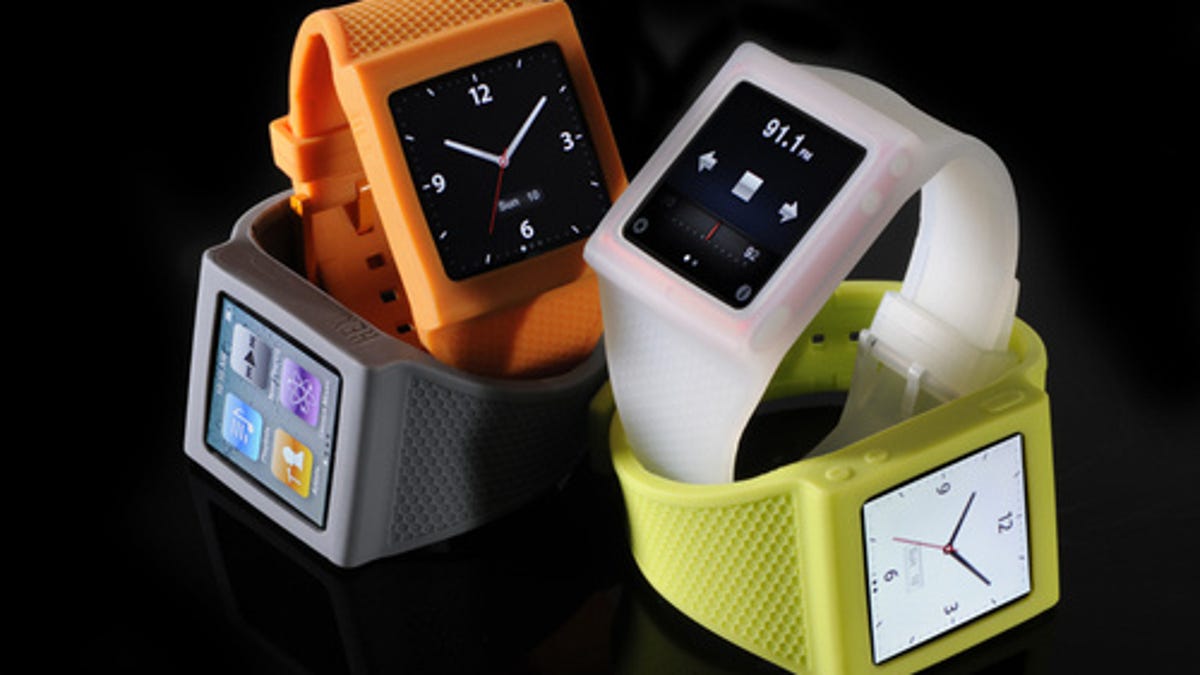An Apple watch? The hints have been out there
<b>commentary</b> If you know where to look, there have been signs aplenty of Apple gearing up to launch a watch and of the kinds of content we might expect to see on it.

Apple has strongly hinted that it will enter new product categories in 2014. And it's about time -- not in the sense that it's been too long, but in the sense that the timing follows a pattern of a major new product category every few years.
Two of the most oft-speculated devices for the Apple queue are a television and a watch (known by its rumor-mill shorthand as the "iWatch").
The company's recent video service moves beyond offering just Netflix and iTunes -- the addition of many streaming services on Apple TV such as Qello, Vevo, Crackle, Hulu Plus, ESPN, and PBS -- have led some to speculate that Apple is gearing up to launch a television; such a product would likely depend on Apple being able to put together a broadband video delivery service, the kind of which eluded Intel.
But one doesn't need to find evidence of a team of 100 people working in secret at Apple to develop a connected timepiece. One can find far more signs of the company gearing up to launch a watch and of the kinds of content we might expect to see on it by just looking at some other product decisions it has made.
iPod Nano. Apple first flirted with the idea of a watch with the sixth generation of an iPod Nano that included watch faces; more of these were added with the seventh generation device. These spurred a number of add-on watch bands that sprang up on Kickstarter. Some of these, like the LunaTik, were Kickstarter successes. Others like the Syre, which brought Bluetooth to the Nano, burned through all their funds and never shipped to backers.
But in any case, the iPod Nano -- never having really been designed to be a watch -- didn't provide a great watch experience. Apple switched back to a larger, multitouch design that looked like a baby iPod Touch. Still, the idea of an Apple watch certainly aroused interest.
iPhone. When the iPhone was announced, Apple noted that it was based on OS X. And to help prove the point of all the OS X features that it supported, it included widgets, the mini programs that were available at the touch of a keystroke. The idea had origins in some of the earliest days of the Mac OS, which featured "desk accessories" such as an alarm clock and calculators that were available from the Apple menu. However, the iPhone widgets were not really widgets in the OS X or Android sense; they were just other, simpler apps. An Apple watch could fill in the gap, allowing true widgets to be available without disrupting what's on the watch screen.
Mac. Speaking of widgets, Dashcode was Apple's easy-to-use development language for creating OS X widgets. Or at least it was until Apple ceased its use last year. What might replace Dashcode? Perhaps a system for creating widgets that would run on OS X, be suitable for iPhone widgets, and operate on one's wrist.
Bluetooth. Throughout its product line, Apple has embraced Bluetooth and abstained from near-field communications (NFC). It was the first of the major mobile ecosystem providers to use Bluetooth LE in its phone lineup (which admittedly was a lot easier for a company with so few phones). Bluetooth LE has been a key technology for companies contemplating devices like the Fitbit One and Pebble watch that need wireless connectivity but which have to operate for days or weeks at a time. Via the iBeacon technology that Apple has integrated into iOS 7, a watch could obtain information about many objects in its immediate location or even confirm transactions.
We still won't know for sure what Apple's actual iWatch plans are until Tim Cook pulls one out of his pocket on a stage in front of an enthralled audience. But before Apple asks you to make room for such a product on your wrist, it has certainly made room for a smartwatch in its product line.

